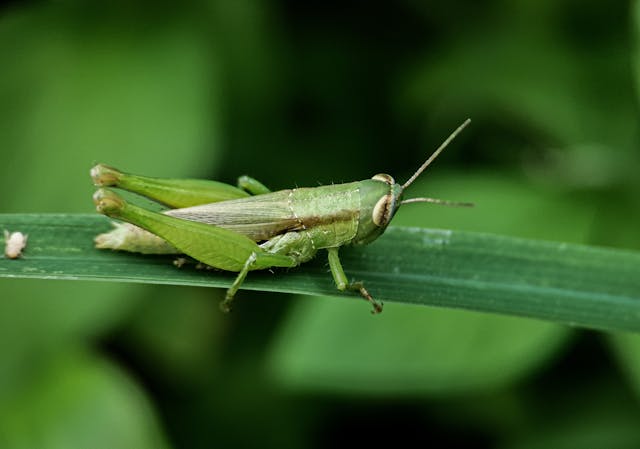

- Composting transforms grass clippings, leaves, and branches into nutrient-rich soil, reducing landfill waste.
- Mulching mowers chop yard debris into natural fertilizer, enhancing lawn health by recycling nutrients.
- Many areas offer curbside yard waste pickup; check local guidelines for participating in these services.
- Creative DIY projects repurpose yard waste into garden decorations and functional items, promoting eco-friendly practices.
As the seasons change, yard work becomes a common task for many homeowners. Whether it’s raking leaves in the fall or trimming bushes in the spring, there always seems to be an abundance of yard waste to dispose of. Properly getting rid of yard waste is not only important for maintaining the appearance of your property but also for environmental reasons. In this blog post, we will discuss five essential tips for effectively getting rid of yard waste.
Composting
One of the best ways to get rid of yard waste is by composting. Composting is a natural process that turns organic material such as grass clippings, leaves, and small branches into nutrient-rich soil. By composting your yard waste, you are not only reducing the amount of waste that ends up in landfills but also creating a valuable resource for your garden.
Mulching
Another effective way to get rid of yard waste is by using a mulching mower. Mulching mowers chop up grass clippings and leaves into tiny pieces that can be left on the lawn as a natural fertilizer. This not only saves time and energy from bagging and disposing of yard waste but also helps improve the health of your lawn by returning nutrients back into the soil.
Curbside Pickup
Many municipalities offer curbside pickup services for yard waste disposal. This typically includes leaves, grass clippings, branches, and other organic material collected in biodegradable bags or containers. Check with your local government or waste management provider to see if curbside pickup is available in your area and what guidelines need to be followed for proper disposal.
Yard Waste Recycling Centers

If curbside pickup is not an option in your area, consider taking your yard waste to a local recycling center. These facilities accept a wide range of materials, including grass clippings, leaves, branches, and even Christmas trees during certain times of the year. Some recycling centers may charge a small fee for drop-off, so be sure to inquire about any costs before heading over.
You can also transport the waste yourself. Consider renting out a dumpster that is sized according to your needs. This is an efficient and cost-effective way to dispose of large amounts of yard waste at once. You can choose from 15 to 30-yard dumpsters, depending on the size of your project.
DIY Projects
Get creative with your yard waste by turning it into DIY projects for your garden or outdoor space. There are many things you can do to repurpose leaves, branches, and other organic materials to create beautiful and functional decorations for your yard. Here are four ideas to get you started:
Composting
Use your yard waste and kitchen scraps to create nutrient-rich compost. This can be used as a natural fertilizer for your garden, reducing the need for chemical fertilizers. Composting also helps reduce waste in landfills and promotes healthy soil.
Natural Pest Control


Certain types of yard waste, such as coffee grounds and eggshells, can be used as natural pest control in your garden. These items act as a barrier to keep pests away from your plants without the use of harmful chemicals. Do some research to find out which materials are effective against specific pests.
Branch Crafts
Get creative with fallen or trimmed branches by turning them into crafts. You can make rustic garden signs, birdhouses, or even furniture pieces like chairs and tables. Not only will this save you money on store-bought decorations, but it also adds a personal touch to your outdoor space.
Leaf Art
Use colorful fall leaves as art materials by pressing them between wax paper and framing them for wall decor. You can also create leaf garlands, wreaths, and other decorations using leaves as the main component. This is a fun and easy way to add some seasonal flair to your home.
By repurposing yard waste in this way, you can save money on landscaping materials while adding a unique touch to your outdoor space. Plus, you’ll be reducing your environmental impact by keeping organic material out of landfills.
Managing yard waste effectively not only keeps your property looking neat but also contributes positively to the environment. From composting to creative DIY projects, the options for disposing of and repurposing yard waste are both practical and sustainable. Embrace these methods to enhance your garden’s health and beauty, reduce landfill waste, and maybe even discover a new hobby in eco-friendly crafting.






